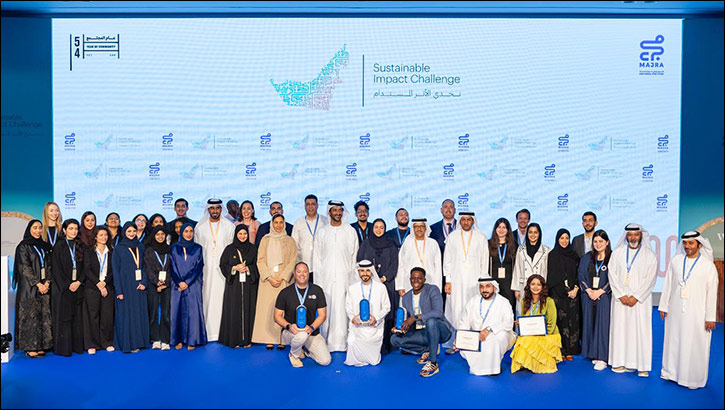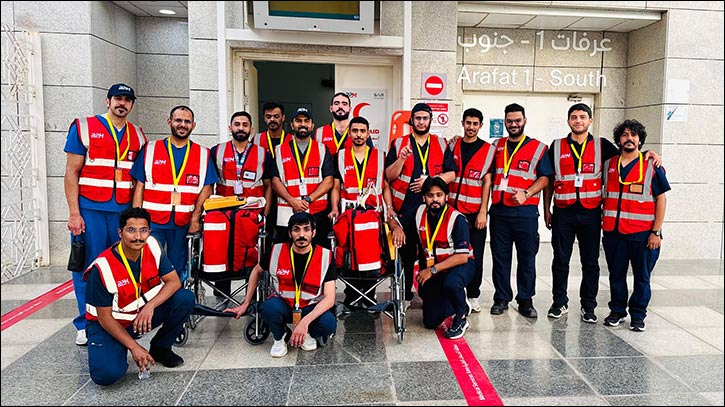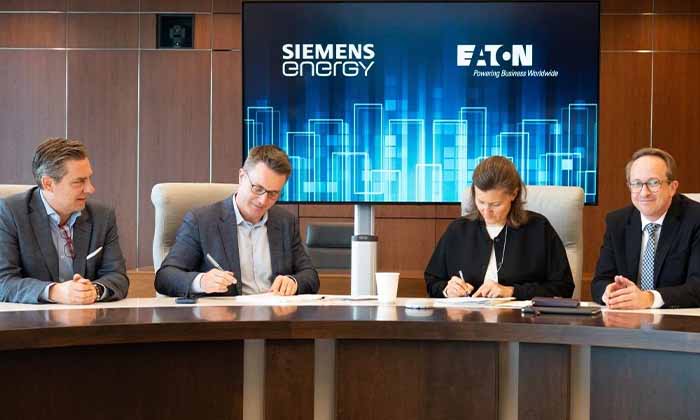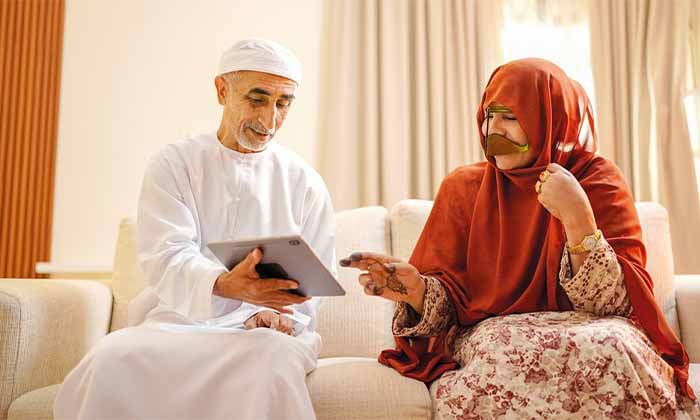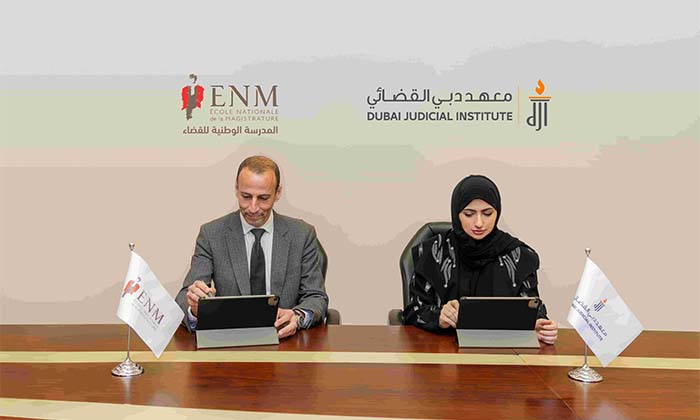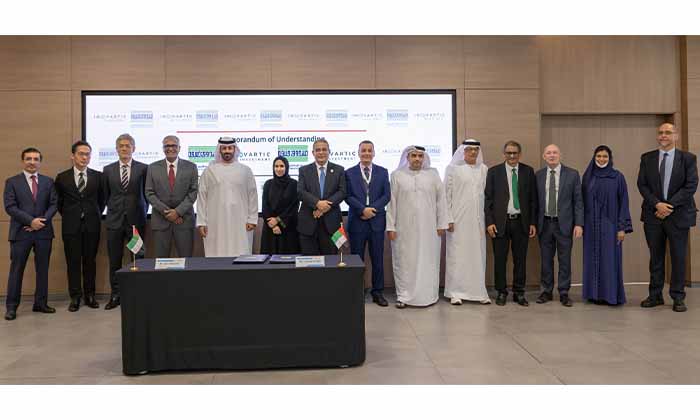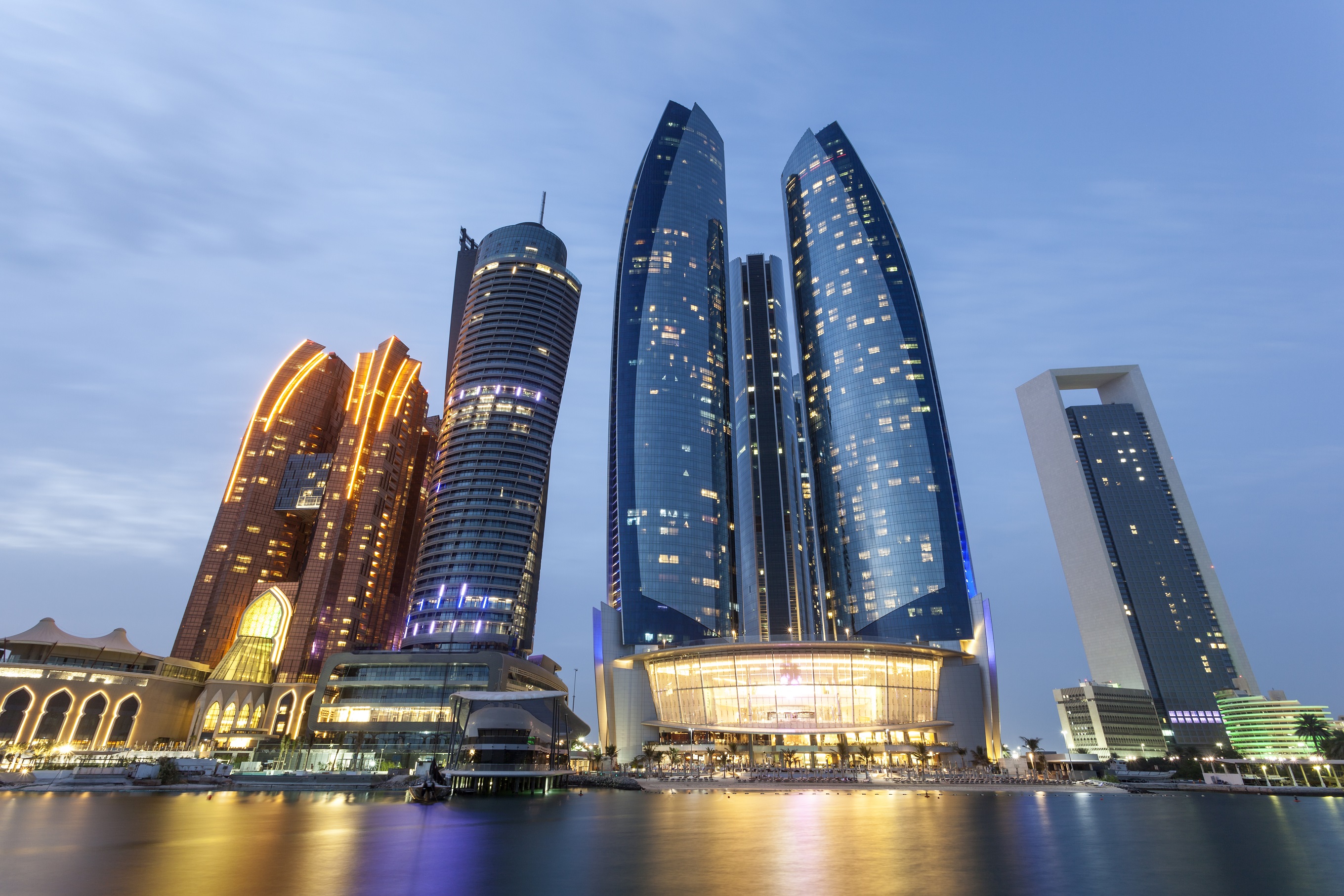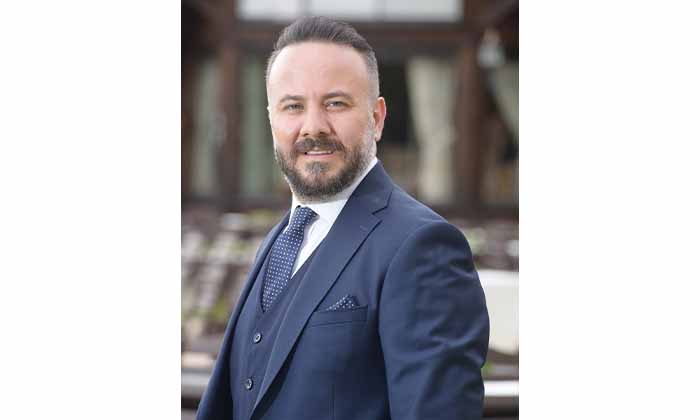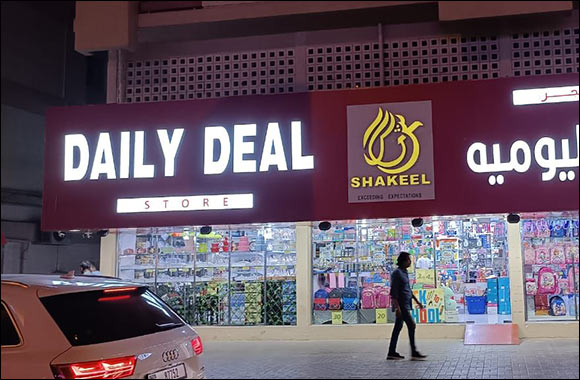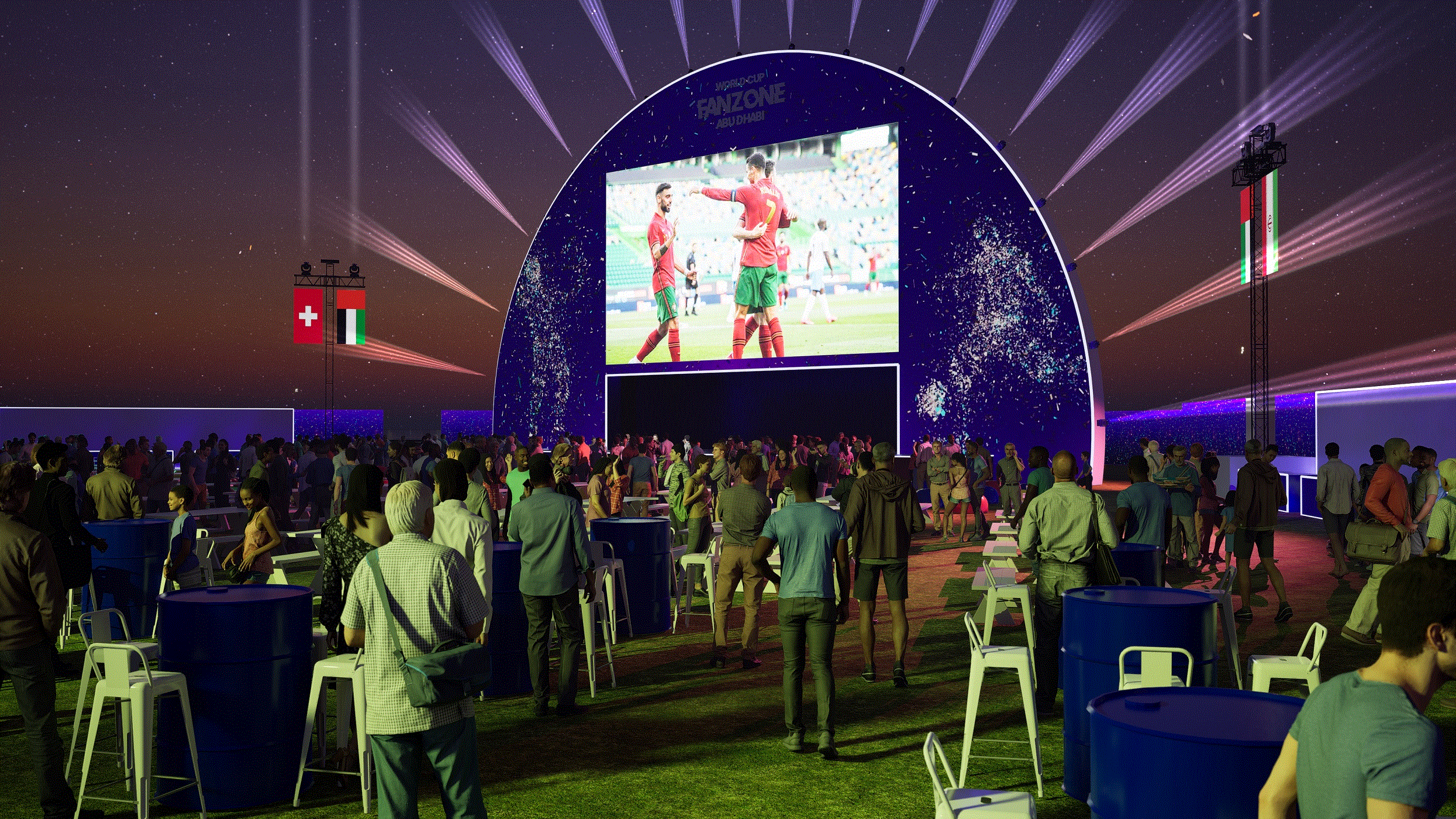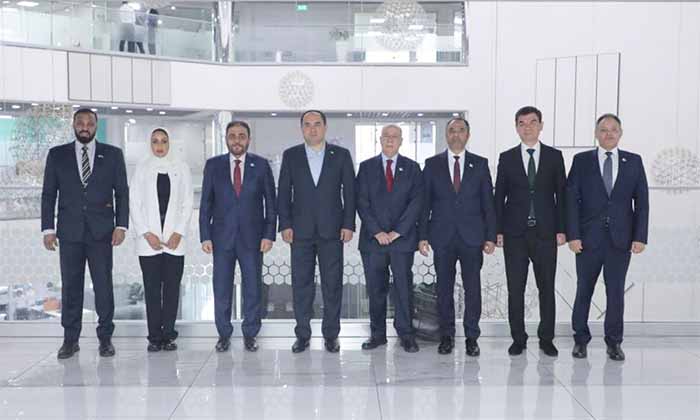The ongoing dynamic of robust demand and limited supply of office space is driving the performance of the UAE’s office sector. Whilst this is empowering landlords in both Dubai and Abu Dhabi, the completion of new projects is easing the upward pressure on the sector, according to JLL’s Q3 2023 UAE Real Estate Market Overview.
In the third quarter, Uptown Tower in Jumeirah Lakes Towers marked the first major completion of an office project in Dubai this year, contributing around 46,000 sq. m. of gross leasable area (GLA), bringing the total office stock in Dubai to 9.2 million sq. m. An additional 72,000 sq. m. of office space is expected to be delivered in Dubai in the last quarter of the year.
In Abu Dhabi, government and semi-government entities played a pivotal role in driving office demand as they remained key occupiers in the capital city. Abu Dhabi’s total office stock stood at 3.9 million sq. m. in the third quarter; however, the capital city is anticipated to see the addition of 41,000 sq. m. of office space during the rest of this year.
Dubai witnessed a 11% year-on-year (Y-o-Y) increase in average Grade A rents within the Central Business District (CBD), with rates reaching AED 2,300 per sq. m. per annum. Furthermore, the office vacancy within the CBD remained steady at 10%. Occupiers in the emirate encountered increasingly stringent lease terms, leaving limited room for negotiations and necessitating prompt decision-making to avoid losing out to competing tenants. In the capital, average vacancy dropped to 22% which in turn pushed up rental rates. Abu Dhabi experienced a 13% Y-o-Y rise in average city-wide Grade A rents, amounting to AED 2,000 per sq. m. per annum.
Faraz Ahmed, Associate, Research at JLL MENA, said: “With the growing number of international firms setting up their offices in the UAE, the limited availability of quality office space will add to the upward pressure on rental rates in the short term. As such, potential tenants can expect to face competition and might encounter limited flexibility from landlords in the current market conditions. However, the completion of major office projects in Dubai and Abu Dhabi will see the addition of 113,000 sq. m. of office space in the remainder of this year, which will help ease the pressure on commercial real estate. Other sectors including residential, retail and hospitality continued to experience robust growth, which is cementing the UAE’s position in the real estate industry.”
UAE’s residential market continues to experience notable growth amidst strong demand; Dubai’s villa sale prices surpass 2014 peak in Q3 2023
The residential sector is experiencing notable growth, driven by the substantial number of off-plan projects and recent launches in key urban areas such as Maritime City, Expo City, Me’aisem Second, and the revived Palm Jebel Ali in Dubai, and within the investment zones, particularly townhouse and villa projects in Abu Dhabi.
Currently, more than 50% of the upcoming supply for the next two years is concentrated in Dubai Land, MBR City, and Jumeirah Village. Nevertheless, the escalating development costs and land prices are expected to encourage real estate developers to explore opportunities in secondary locations, diversifying their portfolio and expanding their presence beyond the primary areas.
According to the latest data from Quanta, residential sales transactions in Abu Dhabi reached approximately AED 6.6 billion during the third quarter, indicating a significant increase of 50% compared to the same period last year. In Dubai, sales prices rose by 20% and rental rates increased by 22% in August compared to the same period last year. Average villa sale prices
in Dubai reached a new high, surpassing the previous peak of 2014 by 8%. In Abu Dhabi, sale prices saw a 3% increase, while rental rates grew by 1% annually.
During the third quarter, Dubai witnessed the completion of approximately 6,800 residential units, consequently raising the total stock to 708,000 units. Simultaneously, the capital added around 1,400 units, bringing the total residential stock to 284,000 units. In the remainder of this year, Dubai is expected to see the delivery of an additional 13,000 units, with 80% of this consisting of apartments, whereas Abu Dhabi is on schedule to complete 2,200 units, primarily comprising of apartments located within master planned communities such as Al Raha Beach, Al Maryah Island, and Al Reem Island.
UAE’s retail sector witnessed consistent growth; Dubai and Abu Dhabi witnessed increased rental rates
During the third quarter, UAE’s retail market demonstrated consistent growth, bolstered by a rise in tourism activity and domestic demand; mall operators are introducing new concepts in food and beverage (F&B), leisure and entertainment to revitalise existing retail developments. Around 36,000 sq. m. of retail GLA was delivered in the capital city during the third quarter, increasing the total stock to 3.2 million sq. m. In the remaining quarter, an additional 17,000 sq. m. of retail space is expected to enter Abu Dhabi.
Dubai’s retail market continued to evolve with mall managers repurposing areas with limited footfall in the form of vibrant service hubs that offer amenities such as co-working spaces, clinics and gyms. The increase in demand has resulted in a 5% year-on-year increase in average rental rates across primary and secondary malls in Dubai. The emirate saw the addition of approximately 18,000 sq. m. of retail space during the third quarter, primarily consisting of neighbourhood malls, resulting in a total stock of 4.7 million sq. m. In the fourth quarter, an additional 65,000 sq. m. of retail GLA is scheduled for completion.
In addition to accommodating new retail concepts, retailers have recognised that smaller developments, such as neighbourhood and community malls, provide a more accessible platform for establishing and capturing local demand with homegrown concepts. Conversely, international market entrants are targeting premium retail spaces in strategically positioned super regional and regional malls. As a result, landlords are becoming more selective in tenant choice and less flexible in lease negotiations, offering fewer incentives.
Influx of tourists spurring the UAE’s hospitality sector; Dubai to add sizeable hotel keys in the last quarter
While Dubai’s hospitality sector witnessed the addition of 400 keys in the third quarter bringing the total hotel stock to 152,000 keys, an additional 6,000 keys are expected to be delivered in the remainder of the year. Dubai’s occupancy rates increased to 76% for year-to-date (YT) August as the emirate welcomed approximately 9.83 million overnight visitors in YT July, demonstrating a moderate increase of 1% in revenue per available room (RevPAR) to USD 129.
Abu Dhabi maintained a stable total stock of approximately 32,500 keys with no new hotel openings in the quarter. Focusing on becoming a year-round family friendly destination, the capital witnessed the number of hotel guests in YT July increase by an impressive 32%, with significant contributions from Indian, British, and Egyptian nationals. The influx of tourists improved the performance indicators in the capital with RevPAR experiencing significant gains, increasing by 27% to USD 91 and city-wide occupancy reached 70%.
As the winter season approaches, effective revenue management strategies will be crucial for hotel operators in both cities to capitalise on the growing demand and achieve their revenue targets. By applying sound strategies, operators can optimise performance and further strengthen their position in the market.

